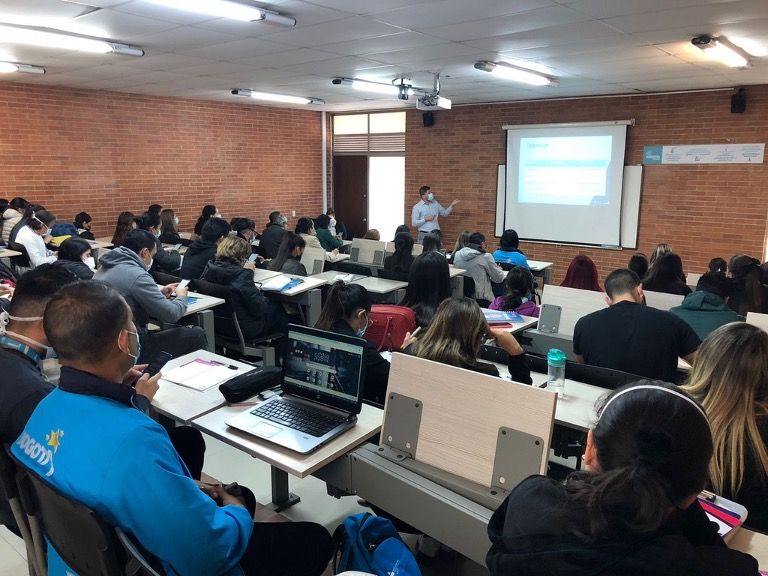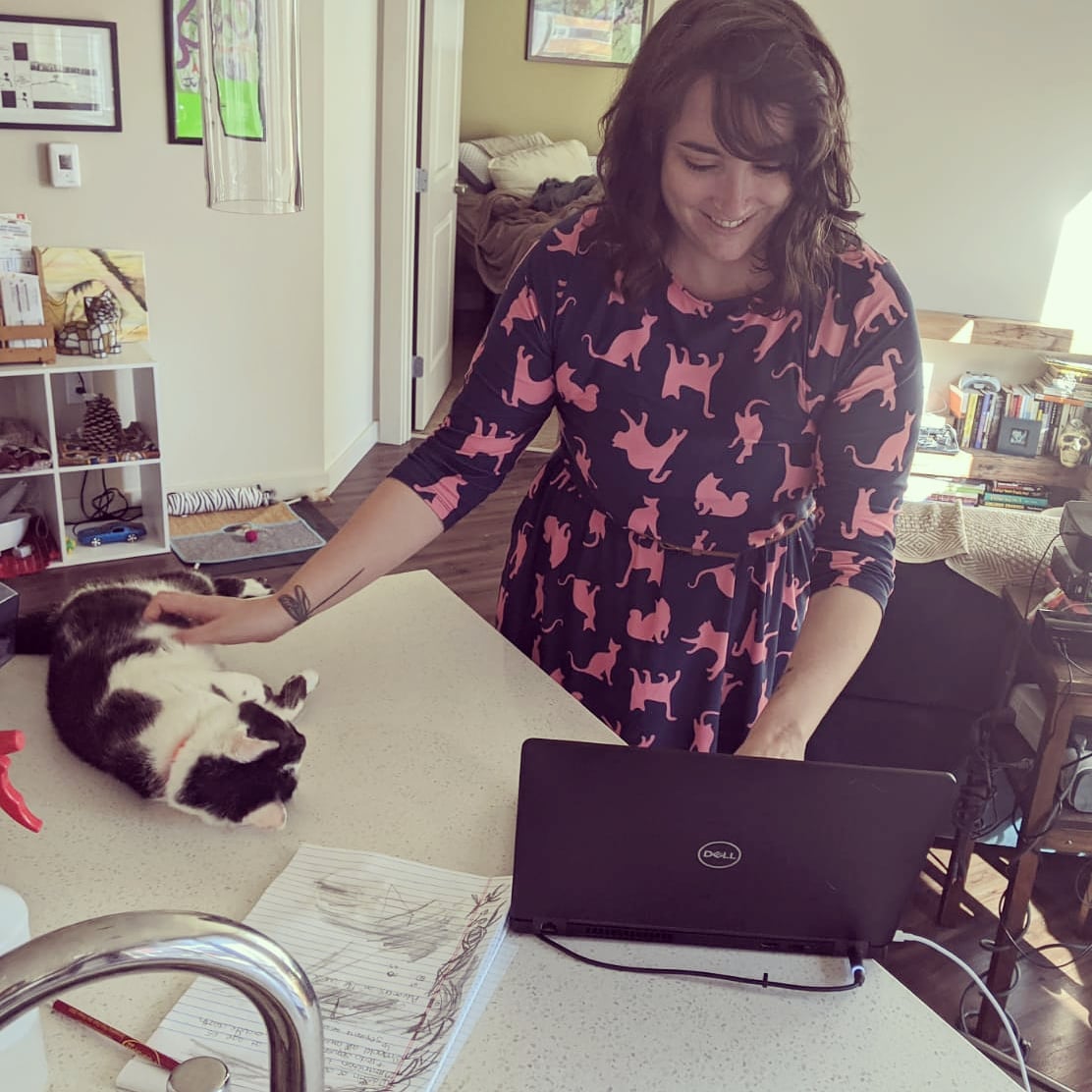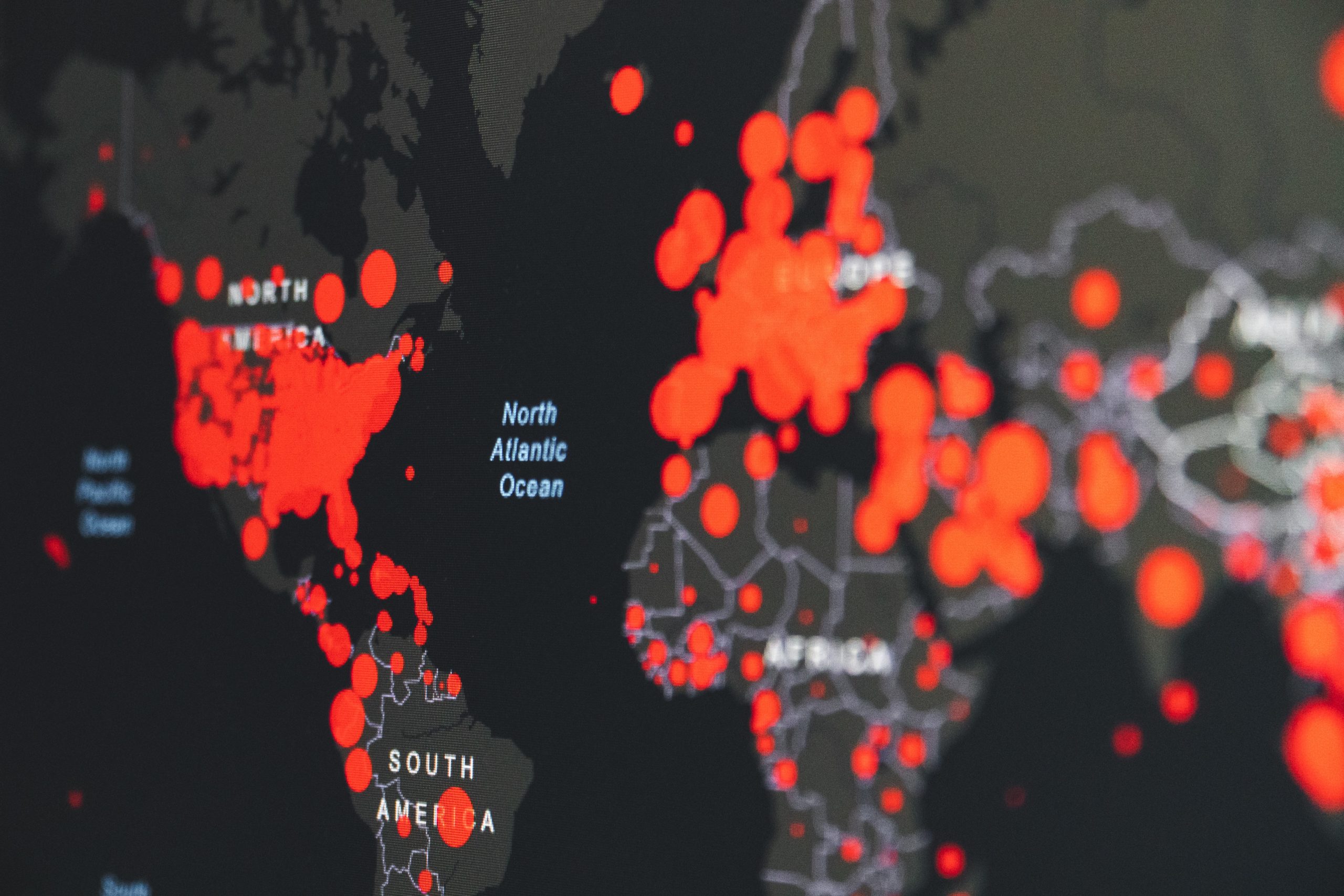What’s Your Public Health “Why”?
We asked public health students and recent graduates to share their "why" - what motivated them to pursue this degree and profession. Here are more of their stories. Rebecca Miller, MPH, MS, Case Western Reserve University Throughout my life, I've witnessed many in my community go through health challenges and…








